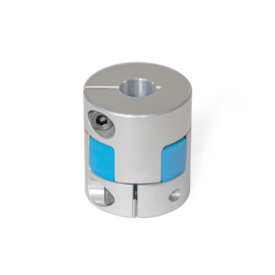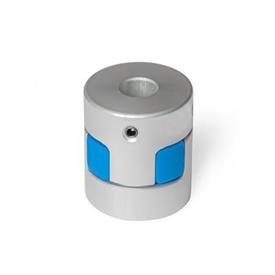
Current selection:
English / United States
Ganter worldwide
Language
Deliver to
United States
- Germany
- USA
- Mexico
- Canada
- Austria
- Spain
- Andorra
- Czech Republic
- Poland
- China
- India
- Turkey
- Egypt
- Albania
- Argentina
- Australia
- Belgium
- Bosnia Herzegovina
- Brazil
- Bulgaria
- Denmark
- Estonia
- Finland
- France
- Greece
- Great Britain
- Hong Kong
- Indonesia
- Ireland
- Island
- Israel
- Italy
- Japan
- Colombia
- Croatia
- Latvia
- Lithuania
- Luxembourg
- Macedonia
- Netherlands
- Norway
- Portugal
- Romania
- Sweden
- Switzerland
- Serbia
- Slovakia
- Slovenia
- South Africa
- South Korea
- Taiwan
- Thailand
- Ukraine
- Hungary
- Deutschland
- Deutschland
- USA
- United States
- Mexiko
- México
- Kanada
- Canada
- Österreich
- Österreich
- Spanien
- España
- Andorra
- Principat d’Andorra
- Tschechische Republik
- Česká republika
- Polen
- Polska
- China
- 中國
- Indien
- India
- Türkei
- Türkiye
- Ägypten
- مِصر
- Albanien
- Shqipëri
- Argentinien
- Argentina
- Australien
- Australia
- Belgien
- Belgique
- Bosnien Herzegowina
- Босна и Херцеговина
- Brasilien
- Brasil
- Bulgarien
- България
- Dänemark
- Danmark
- Estland
- Eesti
- Finnland
- Suomen Suomi
- Frankreich
- France
- Griechenland
- Ελλάδα
- Großbritannien
- Great Britain England
- Hong Kong
- 香港
- Indonesien
- Indonesia
- Irland
- Éire
- Island
- Isle
- Israel
- ישראל
- Italien
- Italia
- Japan
- 日本
- Kolumbien
- Colombia
- Kroatien
- Hrvatska
- Lettland
- Latvijas
- Litauen
- Lietuvos
- Luxemburg
- Lëtzebuerg
- Mazedonien
- Македонија
- Niederlande
- Nederland
- Norwegen
- Noreg
- Portugal
- Portuguesa
- Rumänien
- România
- Schweden
- Sverige
- Schweiz
- Schweiz
- Serbien
- Србија Srbija
- Slowakei
- Slovenská
- Slowenien
- Slovenija
- Südafrika
- South Africa
- Südkorea
- South Korea
- Taiwan
- 中華民國
- Thailand
- ราชอาณาจักรไทย Ratcha-anachak
- Ukraine
- Україна Ukrayina
- Ungarn
- Magyarország
Group Websites
Cart
The cart is empty.
| Product photo | Part no. | Description | Amount | Unit pricenetgross | Surcharge for materialTotal netTotal gross | Total pricenet: €gross: € |
|---|
Subtotal (netto): € On request
Subtotal (gross): €On request
plus shipping, if applicable plus surcharge for small volume purchases or material surcharges, if applicable less discount























